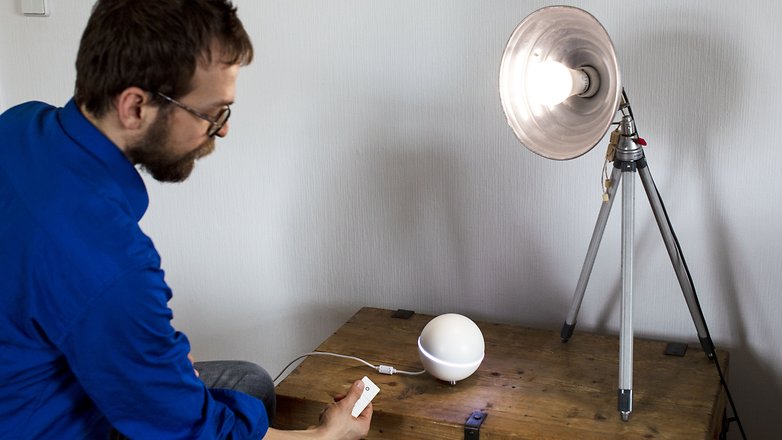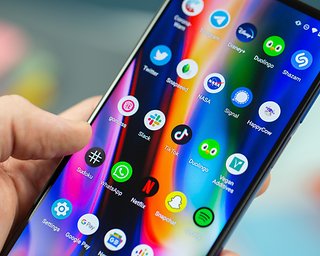Providers are moving to limit consumer options for smart home

Inexpensive home automation can be child's play thanks to low-cost components and networking with third-party solutions such as IFTTT. However, some of the providers of such networking systems or platforms appear to be on the hitlist of the big providers. In the US, Comcast has already begun its conquests.
When Comcast bought smart home startup Stringify in September 2017, skeptics could only suspect evil. 18 months later the fears came true: the free service for networking smart home electronics closes, the apps disappear from stores. Existing user data is allegedly deleted and not passed on to the new owner.
Similar services may meet the same fate. Whether hardware solutions such as Athom Homey or Homee, or software solutions such as Conrad Connect: the simple and user-friendly connection of different IoT devices and the creation of so-called recipes are the key to practical home automation. This is the only way that users can draw real added value from all the new gadgets, some of which are virtually useless.

After all, what does the user actually want to do with all the equipment? Alarm systems are designed to protect against burglary. The automatic energy-saving system is intended to reduce costs. A remote door opener can let the parcel messenger in. Several networking ideas can already be seen on portals such as IFTTT or Conrad Connect.
These are available in open source solutions like OpenHAB, Home Assistant or Homebridge, but they are all reserved for hardcore nerds, because they lack that plug-and-play effect of commercial-oriented solutions.

Further competitors in the competition for control over your Smart Home are or will be the digital assistants; above all Alexa. The Amazon Echo Plus connects directly and without any additional bridge to a range of smart home devices, led by Philips and Osram.
Using the Alexa app or the Google Assistant using the Google Home app, devices from several manufacturers can be connected to form recipes. However, most of these are still only activated on call and thus do not offer any real home automation.
The market must remain accessible
The problem with networking by Comcast, Amazon or Google is that their networking is based on certain agreements. However, economic interests must not stand in the way of our need for extensive home automation.
Every hardware manufacturer should have access to the networking portals and customers should be able to configure such systems without IT training. Otherwise, the new market will quickly split into two systems that are closed in different ways:
Then we have the providers with limited hardware selection and subscription models on the one hand. And we have cheap and open open source systems on the other hand, but we would have to hire professionals for them.
So let's hope that the young trend towards simple and accessible home automation is not stifled as quickly as feared.
Source: Stacey on IoT



